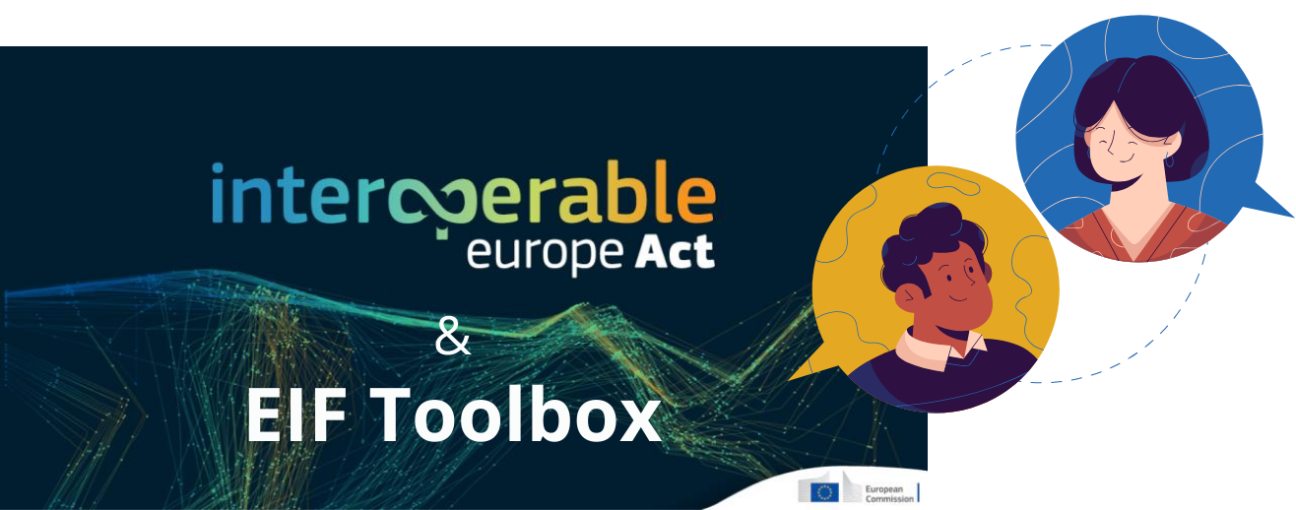
The Interoperable Europe Act entered into force on 11 April 2024. It aims to better connect public services for people and businesses by facilitating cross-border data exchange and accelerate the digital transformation of the public sector.
The Act mentions “A new governance structure, with the Interoperable Europe Board (the ‘Board’) at its centre, should be established and should have a legal mandate to drive, together with the Commission, the further development of cross-border interoperability in the Union, including the European Interoperability Framework (EIF) and other common legal, organisational, semantic and technical interoperability solutions, such as specifications and applications. Furthermore, this Regulation should establish a clear and easily recognisable label for certain interoperability solutions (Interoperable Europe solutions). The creation of a vibrant community around open government technology solutions should be fostered”.
The Interoperable Europe Portal is evolving to be considered as a one stop shop, an accessible point of reference for interoperability solutions, assessments, knowledge and community. One of the existing tools is the EIF Toolbox (under the National Interoperability Framework Observatory), which aims to help national public administrations align their National Interoperability Frameworks (NIFs) with the European Interoperability Framework (EIF) to promote interoperability at national and EU level. For example, the EIF Toolbox counts with an online assistant that helps users find operational solutions covering the alignment and implementation of the European Interoperability Framework and filter them by attributes.
In light of the Interoperable Europe Act, how should the EIF Toolbox evolve?
We look forward to reading your thoughts below in the comments section!

